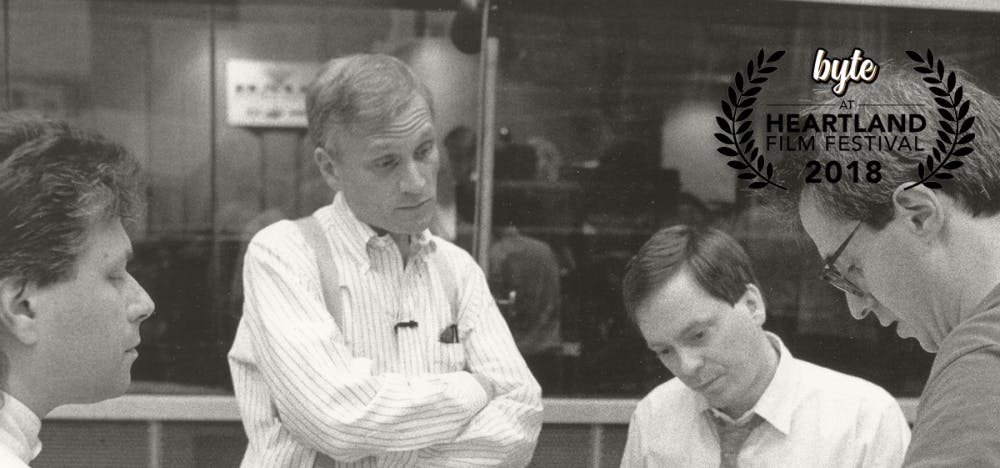The biographical documentary is a genre that requires a certain amount of finesse to truly pull off. In essence, making a film in that style requires balancing fact and emotion in order to truly convey the arc of a person’s life (and therefore, their story). On one hand, it is extremely easy to overload one or the other of these elements. On the other, when done right, it can be effective and leave an impact on audiences. Case in point: Howard.
Howard (released in 2018 and directed by Don Hahn) follows the life of songwriter/playwright Howard Ashman, whose love for musical theater led to the creation of the “modern” version of Little Shop of Horrors and ultimately the music for Disney’s The Little Mermaid, Aladdin, and Beauty and the Beast. In turn, we look into Ashman’s personal life, the successes and failures he achieved, and his attempts to keep an AIDS diagnosis secret in order to not only protect his coworkers and loved ones, but his passions as well. The narrative Hahn (who also wrote the film and helped produce Beauty and the Beast) weaves is straightforward, yet the way it is delivered feels unique compared to other documentaries and in turn enriches the overall emotion that a story like this needs to work.
What’s important to note about the film, aside from a score written by Ashman’s former songwriting partner Alan Menkin, is the fact that the film (for the most part) features no new footage. Outside of B-roll footage and a section early on in the film that covers one of Ashman’s childhood hobbies, the entire film is comprised of nothing but archive footage, photos, audio from interviews, and music (of course). Hahn follows this rule of sorts down to the letter, only breaking it on rare occasion throughout the film, and this immediately gives Howard a refreshing sense of focus in comparison to other documentaries. It trims the metaphorical fat and gives more time and emphasis to the subject of the film itself.
Speaking of, the film also puts a lens on the AIDS crisis of the 1990’s, showing it from the perspective of Ashman, who himself is/was gay. The film first acknowledges Ashman’s homosexuality early on in the film and talks about the two primary relationships he’s engaged in, with his last partner contributing to the film through voice-over. Later on in the film (when the subject of AIDS is introduced via Howard’s first partner, who was diagnosed and killed from the disease) we get a genuine sense of the sorrow Ashman feels for the gay community and his peers within, before ultimately being diagnosed with the disease itself. The film, from there on out, doesn’t lose the momentum that it had built up so far, yet immediately earns a gradually burning sense of tension that doesn’t come from nowhere yet still stings when fate ultimately comes to pass.
It is undeniable that Howard comes from a place of love for its’ subject, and that emotion is present from fade-in to fade-out. You get a genuine sense of who Ashman was and what he stood for, even in his final days. As the film came to a close, I honestly felt myself crying over the loss of a man I had barely known outside of his name and work up until this point in my life, and I both felt a great sense of shame on my part and a sense of sheer awe at the filmmakers’ ability to pull off what they had just done. I cannot speak from the perspective of an expert or someone close to a situation similar to that of what the people Ashman was close to had to endure in his final days, but Howard is a fitting recollection and tribute to what may be the true “diamond in the rough.”

Follow the film on Facebook or its website
Featured image: Heartland
For more entertainment related content, visit us at Bytebsu!




















